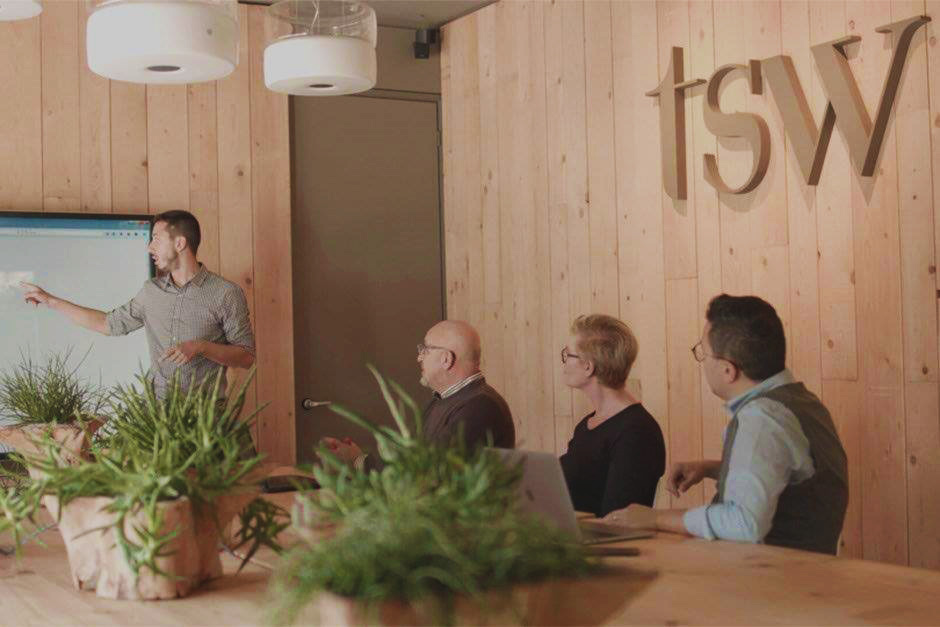Today every experience is accessible from multiple channels: here’s how to improve it with Service Design
In the digital age, people use a product or service through a combination of channels, touchpoints and actors, all connected to each other. These relationships offer the user a more articulated, rich, even complex experience that is more than the sum of the parts.
Today it is possible, even more than yesterday, to unite the different touchpoints and create “bridges” in user journeys, thanks to technological progress, the IoT and the interconnection between different devices (smartphones, cars, smart homes, household appliances, kiosks, etc.) capable of communicating and exchanging data in real time. The design of these experiences goes beyond that of the individual interfaces and the result depends on the relationships between the different parts involved.
Users themselves today want, and expect, “easy to use” products and services that create “continuity” of use between one channel and another. This reality is part of our approach to listening to people who tell us about their way of living experiences that are made up of stories and different points of access to the narrative and to the experience itself.
What is Service Design and how it improves experiences
Service Design is the design of one or more services with an integrated and multi-channel approach, which takes into consideration the individual parts of the system and the relationships between the parts themselves, with the aim of optimizing the user experience and the objectives of the business.
In an interconnected system, all touchpoints are designed to ensure coherent, dynamic and uninterrupted use of the product/service between one channel and another, whether they are touchpoints:
- Offline: paper documents, physical shops, bank, counter, staff, etc.
- Online: website, app, social channels, software, chatbots etc.
The user experience can begin with one channel and continue in another, even over time and in completely different places.
How a multi-channel experience should be designed
The user experience across multiple channels must be:
- Consistent: the user must be able to move from one channel to another without having to relearn the processes to complete and continue the activity he wants to perform. Consistency is about:
- the information provided
- the visual design
- the information architecture
- the interactions
- the processes
- Fluid: the same task must be able to be completed with different paths and channels, based on the habits, preferences and mental models of the user, who must be able to start an activity in one channel, and continue it in another, even after some time.
- Optimized: the experience must be specific and adapted to the context; each channel must therefore be optimized to make the most of its characteristics and potential.
- Efficiency: switching from one channel to another must be simple and effective, optimizing the user experience. The technology must support the system; otherwise, management difficulties are created for the user, but also for the players inside the system (for example, customer support).
- Sustainable for business. The experience project must be appropriate to the service to be offered but also to the resources of the company.
Examples of service design that people love
Let’s transform these theoretical concepts into concrete examples.
We all know Amazon, and many of us also know the return process, which is a perfect example of fluid and optimized service design:
- you buy online on the site
- collect in a locker with a code received by mail
- request the return online from the app
- use the same packaging by inserting a pre-compiled sheet received by mail
- you deliver to a DHL point (or post office) simply by handing over your package, without having filled in any paperwork and at no extra cost.
Then let’s think about the on-demand streaming services: we may not have subscriptions to all of these services but they are certainly also renowned for advertising on traditional media. Among all, Netflix, which is very fluid in switching from one device to another unlike its other competitors:
- Start watching a movie on your smartTV
- resume watching from the same point on another device, for example your smartphone, also keeping the language and subtitle settings
Third, but certainly not last, example, the Apple Store:
- Purchase and pay online with in-store collection formula
- they give you an appointment for the collection
- you go to the store you have selected
- collect by skipping the queue and receiving your product immediately.
The TSW approach to Service Design
Usually, the design of the User Experience focuses on the interaction of people with individual touchpoints. In Service Design, on the other hand, all touchpoints are considered together, considering:
- relationships in space and time
- the exchange of data between them
- the actors and stakeholders who participate in the service.
To optimize user interfaces and front-end touchpoints, but also back-end systems and processes, it is therefore necessary to analyze the entire journey to plan the touchpoints with the user and create a service experience/ product available on different channels.

For this reason, user experience research plays a fundamental role in the design process. Observing and listening to people – whether they are users of the product/service or company personnel involved in the journey – becomes essential to achieve the goal of aligning all touchpoints to the same strategy.
Multi-channel services therefore take the user experience to a new level: we as professionals must always consider a single journey but with a complex story, accessible in multiple ways and at different points in the narrative. This journey is enabled by technology that also drives the evolution of user expectations, shifting the boundaries of user experience design.